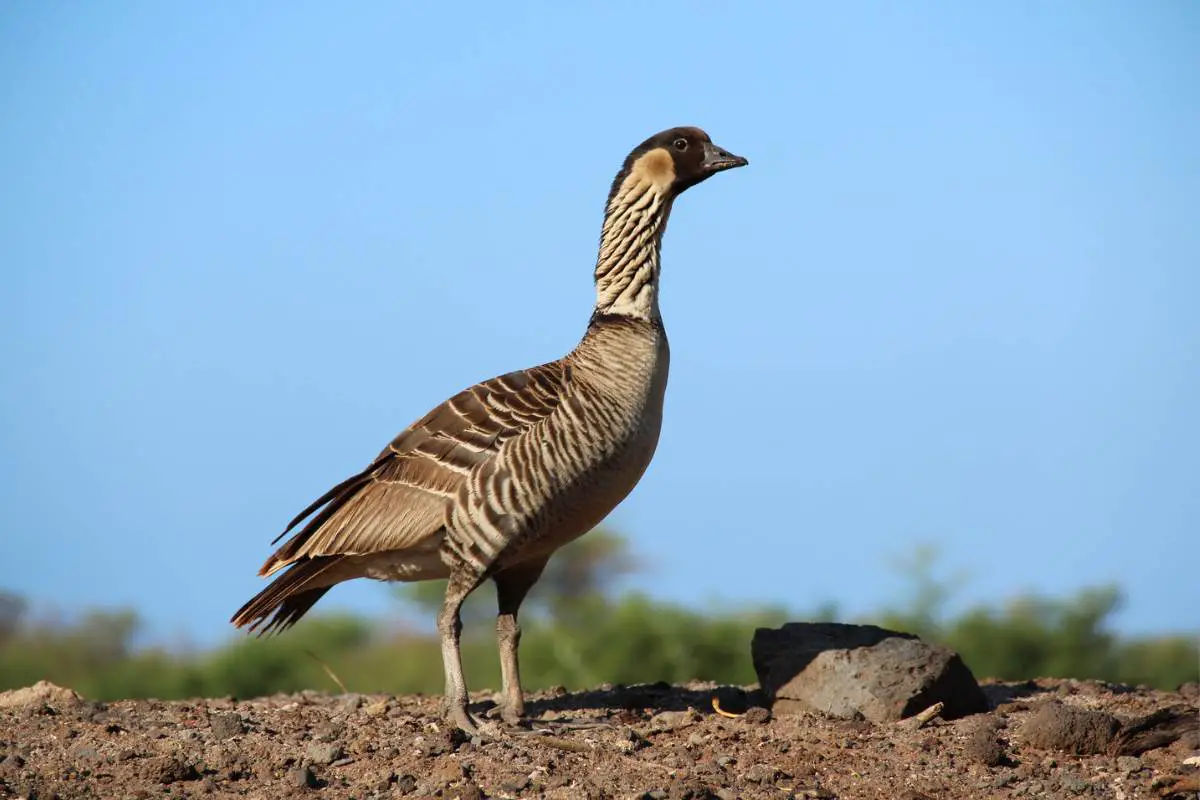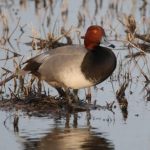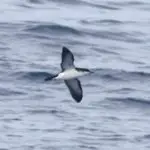Hawaii’s state bird, the Nene, is a unique and fascinating species that has captured the hearts of many visitors and residents alike. In this article, we’ll explore the history, biology, behavior, and conservation efforts surrounding this beloved bird.
Nene highlights and quick facts:
- The Nene became Hawaii’s official state bird on May 7, 1957.
- The Nene is the world’s rarest goose and is listed as an endangered species.
- It’s endemic to Hawaii, which means it is found nowhere else in the world.
- The Nene has evolved webbed feet that are adapted for walking on rough terrain, such as lava flows.
- Nenes are a social bird that forms monogamous pairs and often lives in family groups.
- The Nene has a unique vocalization that sounds like “nay-nay,” which is how it got its name.
- They are an important cultural symbol in Hawaii and have been featured on Hawaiian postage stamps and coins.
Hawaii State Bird: the Nene
Official State Bird
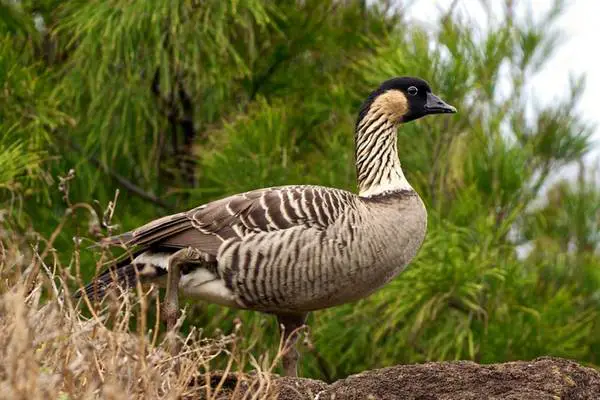
The Nene, or Hawaiian Goose, has held the prestigious title of Hawaii’s official state bird since May 7, 1957. As a bird species that is endemic to the Hawaiian Islands, the Nene is an essential part of the state’s unique natural heritage. Its designation as the state bird showcases the importance of this charismatic creature to Hawaii’s identity.
Symbol of Cultural Significance
The Nene’s role as the state bird underscores its significance within Hawaii’s cultural identity. As an endemic species, nenes represent the unique biodiversity of the islands and serves as a reminder of the state’s responsibility to protect and preserve its natural resources.
By selecting the Nene as the state bird, Hawaii acknowledges the deep connection between its people and their environment, highlighting the importance of conservation and sustainable practices for future generations.
History
The history of the Nene, or Hawaiian Goose, is a tale of both the bird’s resilience and the impact of human activity on its population. As a species endemic to the Hawaiian Islands, nenes have a unique evolutionary history that sets it apart from other geese species.
Fossil evidence suggests that the Nene’s ancestors arrived in the Hawaiian Islands around 500,000 years ago, evolving over time to adapt to the islands’ diverse environments.
Population Decline and Human Colonization
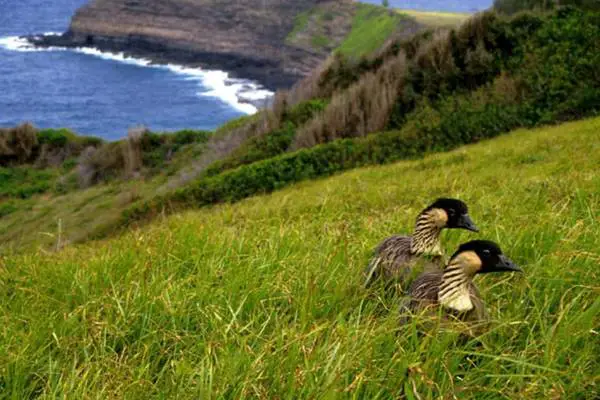
Before human colonization, the Nene thrived across the archipelago, inhabiting various ecosystems ranging from coastal lowlands to high elevation shrublands.
It is believed that the Nene’s population was once abundant, numbering in the tens of thousands. However, the arrival of Polynesian settlers around 300-800 AD marked the beginning of the species’ decline.
The Polynesians brought with them domesticated animals and plants that began to alter the Hawaiian landscape. As humans cleared land for agriculture, the bird’s natural habitat was gradually reduced.
Moreover, the settlers hunted the native bird for food, further contributing to its population decline. The introduction of predators, such as rats and pigs, also posed a significant threat to the Nene’s eggs and goslings.
European Influence and Habitat Loss
The situation worsened with the arrival of European explorers and settlers in the late 18th century. New predators, like mongooses, cats, and dogs, were introduced to the islands, further impacting the species’ ability to breed successfully. Additionally, hunting continued, and more land was converted for agriculture and development, exacerbating habitat loss.
Conservation Efforts and Recovery

By the mid-20th century, the Nene’s population had plummeted to a mere 30 individuals, putting the species on the brink of extinction. Recognizing the urgency of the situation, conservationists and the Hawaiian government launched efforts to save the Nene.
Captive breeding programs were established, and efforts were made to restore and protect the Nene’s natural habitat. These measures, combined with the implementation of legal protections and public awareness campaigns, have contributed to a slow but steady recovery of the population.
Thanks to the efforts of conservationists and the support of the local community, the population has made a remarkable recovery in recent years.
Today, there are over 2,500 Nene in the wild, and they can be found on several islands, including Maui, Kauai, and the Big Island.
The State of Hawaii has designated the Nene as its official bird and has implemented several measures to protect its habitat and reduce the impact of introduced predators.
Endangered Species
Today, the Nene remains an endangered species, but as mentioned above its numbers have increased significantly since the 1950s.
The history of the Nene serves as a powerful reminder of the impact human activity can have on wildlife and the importance of conservation efforts to preserve and protect our planet’s unique and irreplaceable species like the nene.
Mythology
Hawaiian mythology holds a special place for the Nene, reflecting the cultural significance of this unique bird in the island’s history and traditions.
According to native Hawaiian folklore, the bird is considered an ‘aumakua, a guardian spirit that serves to protect both the people and the land.
The ‘aumakua are believed to be ancestors or deities that have taken the form of animals to guide and assist their descendants.
The Nene’s role as an ‘aumakua is particularly important due to its exclusive presence in the Hawaiian Islands, as well as its close relationship with the land and its inhabitants.
As a guardian spirit, the Nene is believed to possess unique spiritual powers that can be invoked by those who respect and honor it. Hawaiians would often seek the guidance and protection of their ‘aumakua through prayer, offerings, and rituals.
Helping travelers
Some stories in Hawaiian mythology suggest that the Nene once guided the ancient Polynesian voyagers who first arrived in the Hawaiian Islands.
It is believed that these birds helped the travelers navigate the vast ocean by leading them to the islands, where they would eventually establish their new home.
In this way, the Nene plays a vital role in the history and mythology of Hawaii, symbolizing the strong connection between the people and their environment.
By acknowledging the Nene’s role in mythology and honoring it as the state bird, Hawaiians pay tribute to the cultural and spiritual significance of this unique and endangered species.
This recognition also serves as a reminder of the importance of preserving and protecting the Nene and its habitat, ensuring the continued existence of this cherished bird for future generations.
Appearance and behavior
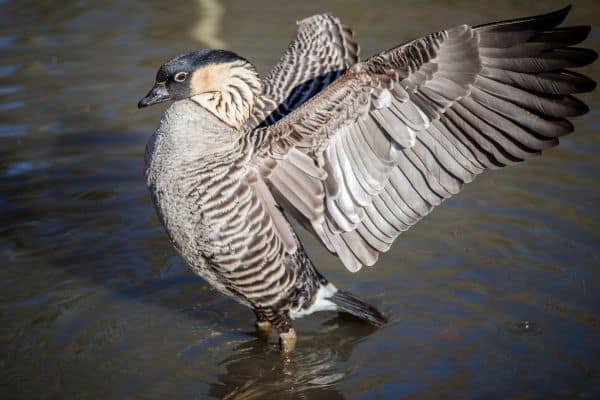
The Nene is a medium-sized goose, with a distinctive brownish-gray plumage, black face, and beak, and a white patch on its cheeks. It has adapted to life in the Hawaiian Islands by developing shorter wings and legs than its mainland relatives, which allows it to fly and run faster on the rocky terrain. The Nene is also a herbivore, feeding on grasses, leaves, and berries.
Behavior
The Nene is a medium-sized goose that exhibits a range of distinctive physical features, setting it apart from other goose species. Its brownish-gray plumage is marked with lighter, cream-colored bands that provide a unique and attractive pattern.
The bird’s face is predominantly black, with a sharp contrast to the white patch on its cheeks, creating a striking appearance. Its beak is also black, matching the color of its face.
Short wings and legs
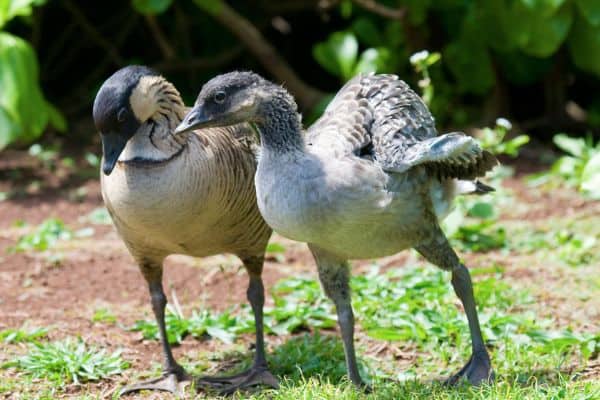
One of the most notable adaptations of the Nene is its shorter wings and legs compared to its mainland relatives. This adaptation is believed to have evolved in response to the unique conditions of the Hawaiian Islands, particularly the rocky terrain.
The shorter wings allow the Nene to maneuver more efficiently in the air, while the shorter legs provide better stability and agility on the ground, enabling the bird to navigate the uneven and volcanic landscapes with ease.
The Nene’s feet are another remarkable adaptation to its environment. Unlike most geese, the Nene has partially webbed feet, which are better suited for walking and running on the rocky Hawaiian terrain than for swimming. This adaptation further highlights the Nene’s specialization to its island habitat.
9 Plants that the Nene eats
The Nene, Hawaii’s state bird, is a herbivore that feeds on a variety of native plants. The following is a list of some of the plants that the Nene eats:
1. Dubautia plantaginea (na’ena’e)

Dubautia plantaginea, also known as na’ena’e, is a species of flowering plant in the Asteraceae family that is endemic to Hawaii. It can be found on the islands of Hawaii, Maui, and Molokai, usually in subalpine shrublands and dry to mesic forests.
The Nene feeds on the leaves and flowers of this plant, which are rich in nutrients such as vitamin C, carotenoids, and flavonoids. Dubautia plantaginea is also an important plant for the conservation of other native species, as it provides habitat and food for several insects and birds.
2. Dubautia scabra
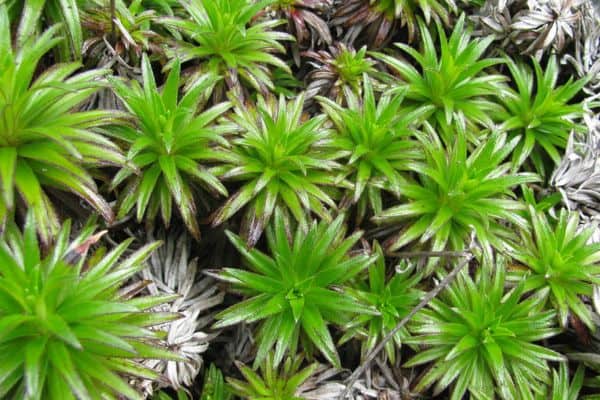
The Dubautia scabra, is a species of flowering plant in the Asteraceae family that is endemic to Hawaii. It can be found on the islands of Hawaii, Maui, and Molokai, usually in subalpine shrublands and dry to mesic forests. The Nene feeds on the leaves and flowers of this plant, which are rich in nutrients such as vitamin C, carotenoids, and flavonoids.
3. Geranium multiflorum
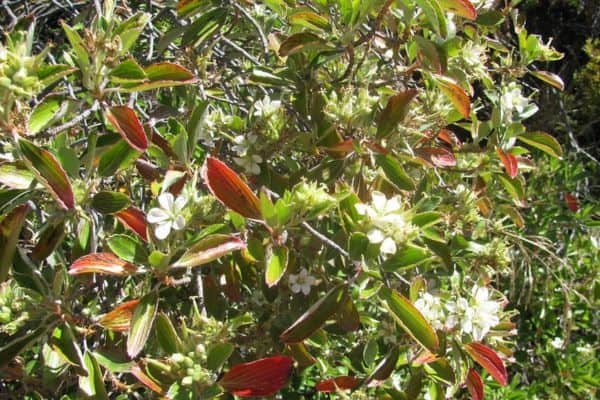
The Geranium multiflorum is a species of flowering plant in the Geraniaceae family that is endemic to Hawaii. It can be found on the islands of Hawaii, Maui, and Molokai, usually in mesic to wet forests. The Nene feeds on the leaves and flowers of this plant, which are rich in nutrients such as vitamin C, calcium, and iron.
4. Geranium sessiliflorum
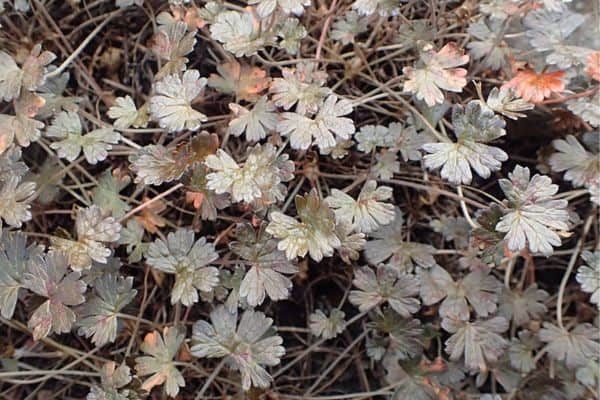
The Geranium sessiliflorum is a species of flowering plant in the Geraniaceae family that is endemic to Hawaii. It can be found on the islands of Hawaii, Maui, and Molokai, usually in mesic to wet forests. The Nene feeds on the leaves and flowers of this plant, which are rich in nutrients such as vitamin C, calcium, and iron.
5. Lipochaeta fauriei
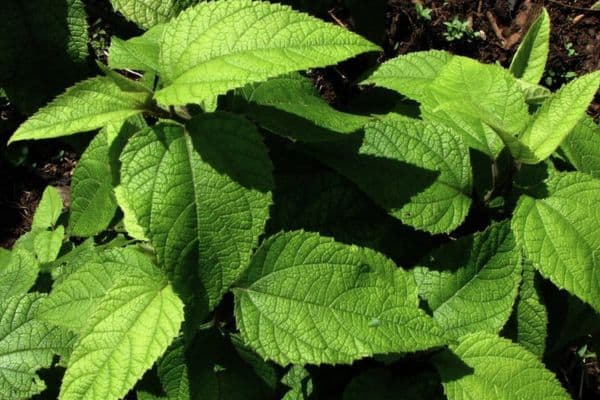
The Lipochaeta fauriei is a species of flowering plant in the Asteraceae family that is endemic to Hawaii. It can be found on the islands of Hawaii, Maui, and Molokai, usually in subalpine shrublands and dry to mesic forests.
The Nene feeds on the leaves and flowers of this plant, which are rich in nutrients such as vitamin C, carotenoids, and flavonoids.
6. Lipochaeta micrantha
Lipochaeta micrantha is a species of flowering plant in the Asteraceae family that is endemic to Hawaii. It can be found on the islands of Hawaii, Maui, and Molokai, usually in subalpine shrublands and dry to mesic forests.
The Nene feeds on the leaves and flowers of this plant, which are rich in nutrients such as vitamin C, carotenoids, and flavonoids.
7. Plantago princeps
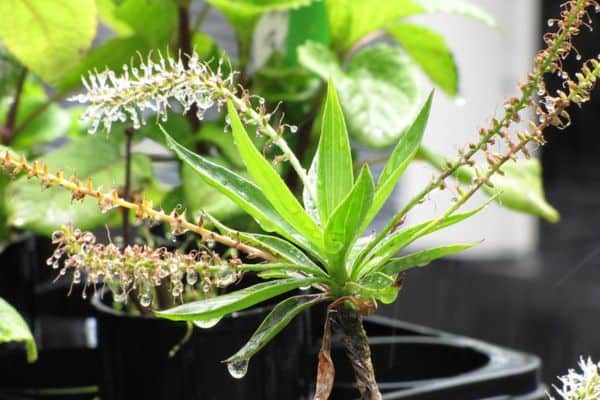
The Plantago princeps is a species of flowering plant in the Plantaginaceae family that is endemic to Hawaii. It can be found on the islands of Hawaii, Maui, and Molokai, usually in mesic to wet forests. The Nene feeds on the leaves and seeds of this plant, which are rich in nutrients such as vitamin C, calcium, and iron.
8. Scaevola coriacea (naupaka kuahiwi)
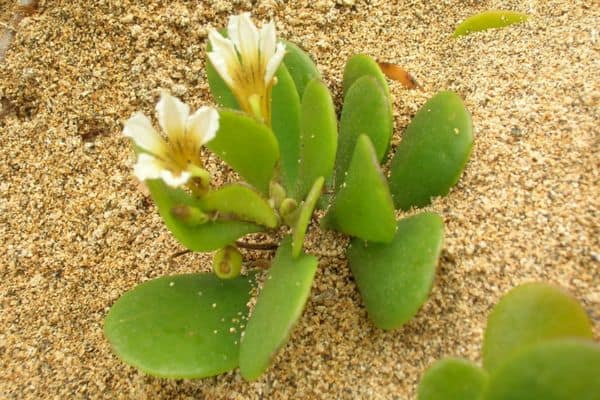
The Scaevola coriacea, also known as naupaka kuahiwi, is a species of flowering plant in the Goodeniaceae family that is endemic to Hawaii. It can be found on the islands of Hawaii, Maui, and Molokai, usually in subalpine shrublands and dry to mesic forests. The Nene feeds on the leaves and flowers of this plant, which are rich in nutrients such as vitamin C, carotenoids, and flavonoids.
9. Vaccinium reticulatum (ohelo)
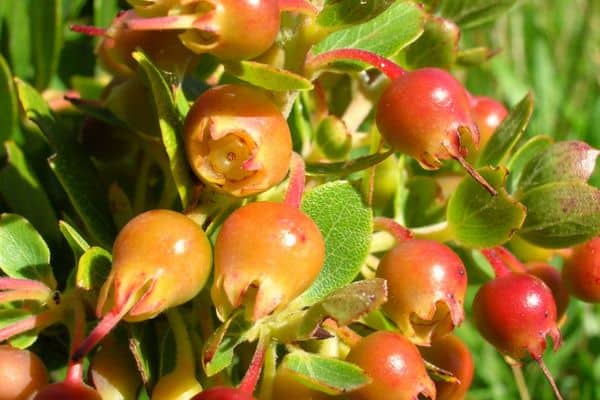
The Vaccinium reticulatum, also known as ohelo, is a species of flowering plant in the Ericaceae family that is endemic to Hawaii. It can be found on the islands of Hawaii, Maui, and Molokai, usually in subalpine shrublands and dry to mesic forests. The Nene feeds on the berries of this plant, which are rich in nutrients such as vitamin
Credits:
Much of the information presented in this article was sourced from:
The Hawaii Department of Land and Natural Resources, Division of Forestry and Wildlife as well as nps.gov. We would like to acknowledge the authors and original sources of the information for their valuable insights and contributions to our understanding of Hawaii’s state bird, the Nene.
